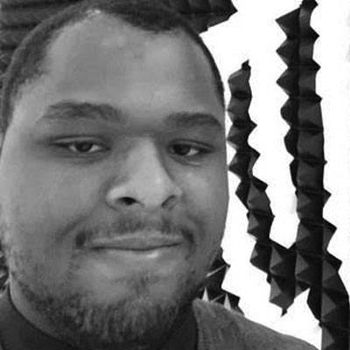Christian university to spend $12M to help illegal immigrant students
In a response to the growing Hispanic population in the Memphis, Tenn. community, Christian Brothers University (CBU) has pledged to help its students with a program aimed at giving illegal immigrants scholarships and loans.
CBU is backing $12 million within a seven year span on the Latino Student Success Program, a scholarship and loans program for Latino students who are not be eligible for federal or state aid.
"Much of that money would go towards providing scholarships for undocumented Latinos," reported WREG.
"All $12M of CBU’s goes directly towards tuition for the students enrolled in the program. The cost of the program does not include the increased support services, [such as] student advising, language assistance, etc. which will benefit not only the Latino students enrolled in this program, but also other second language learners, and international students," Wendy Summer-Winter, senior director of External Affair Relations at CBU, told Campus Reform via email.
“So-called undocumented students belong to this class as much as anyone. If they are college ready, we invite them to share in CBU’s gifts of teaching and service. To that end, we appreciate all of the opportunities we receive to connect students with services and funds that make their education a reality,” said Dr. Paul Haught, the vice president of Academics and Student Life, told Memphis Business Journal.
During a private luncheon, CBU President Dr. John Smarelli spoke about the initiative as a catalyst for “increasing educational outcome and opportunities for Latino students,” and said that funding comes from a $3.6 million anonymous grant and ongoing support from Latino Memphis.
Summer-Winter told Campus Reform that CBU is committed to raising $1.5 million on its own and $6.9 million will come from institutional annual aid because certain students are not eligible for government funding directly.
According to Petersons.com, the private Catholic university has a total of 1,233 students; roughly 44 percent are white, 33 percent are black, and seven percent are Latino.
Follow the author of this article on Twitter: @C_Spencer_

